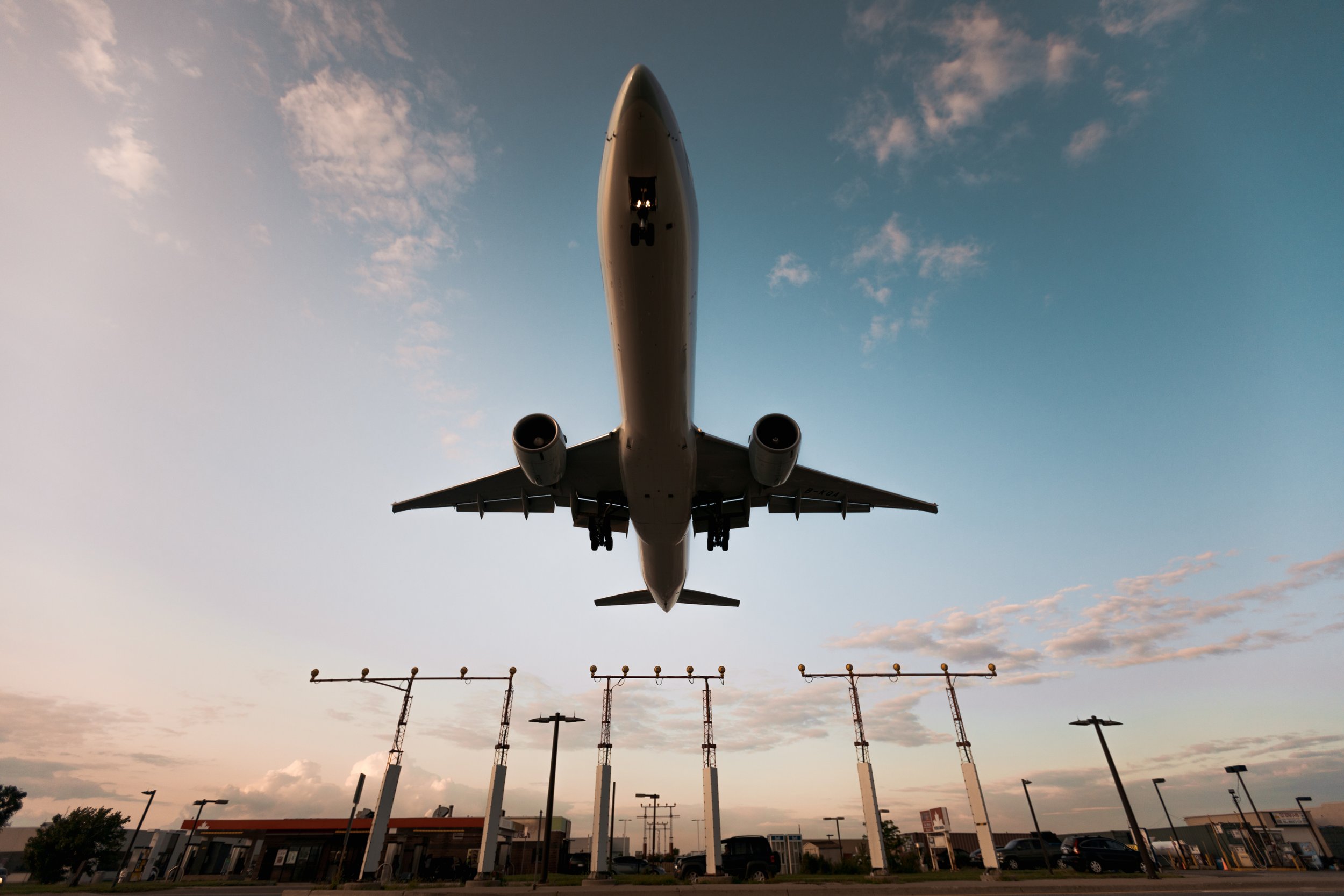The aviation industry is having a hard time keeping up with demand, as more people are eager to travel as COVID-19 restrictions loosen.
The number of both domestic and international travellers to Canada has been surging since 2021, and that has been countered by labour shortages both on the ground and in the air, according to Statistics Canada.
Blake Puzon, an airline pilot in Winnipeg, said there are two glaring issues within the field creating this problem.
“The main barrier to people getting into this industry is the financial aspect,” Puzon said.
The University of Waterloo’s aviation program costs more than $100,000, which finances the degree itself and the required flight training. This excludes additional costs like uniforms and transportation to and from Waterloo International Airport for flight lessons.
International students pay around $70,000 more.
The second issue he cited is pilot salaries in Canada.
“In Canada, pilot pay is very substandard,” he said. “When you compare it to rates in the U.S., where pilots receive huge sign-on bonuses, it’s not the same.”
Puzon said when he calculates his pay based on in-flight hours, he makes less than minimum wage in his current position.
Obtaining a pilot license in Canada is also a lengthy process, one that can extend even longer based on the area of aviation someone pursues.
Puzon said to become a commercial pilot, there is a minimum of three licences required, accompanied by mandatory flight hours.
“That first pilot flight test is like the first mountain you have to climb, and you feel like you summit something, and then realize there’s just taller mountains waiting for you,” he said.
He said these factors have led to a decrease in frequency of flights within Canada and are impacting the entire travel process.
Zachary Baker, a former student of the University of Waterloo’s geography and aviation program, said pilot training is both academically and logistically challenging.
“The flight centre at Waterloo says that students should be booked for three flights a week, however that does not at all reflect the number of flights required to be successful at the program,” he said.
Baker said Ontario weather is often a deterrent to students successfully completing flight hours, as poor conditions cause many cancellations.
Certain airlines, however, have said they are not experiencing issues recruiting pilots.
Bernard Côté, director of public relations and social media for AirTransat, said that the only pilots they need right now are for new aircraft models slated to come out this year.
He said that pilot applications to their airline remained steady.
While Puzon said the issue of pilot salary and entry expenses needs to be addressed soon or the aviation industry will continue this downward trajectory, some efforts have been made to improve conditions.
The Air Canada Pilots Association and the Air Line Pilots Association are in communication about merging their unions to combat staffing pressure post-pandemic.
This could create a larger pool of resources for airlines and pilots.
Puzon identified another potential solution for Canadian airlines and prospective pilots.
“In Europe and Asia, there are programs where you can apply to join an airline if you’re a citizen when you’re entering training, provided that you accept a job with the airline,” he said.
He said that in these programs, the airlines will pay for the pilot’s training which provides a more accessible entry point for those aspiring to enter the aviation industry.
“Something along those lines in Canada would be really cool to see, but nothing like that exists yet,” Puzon said.

